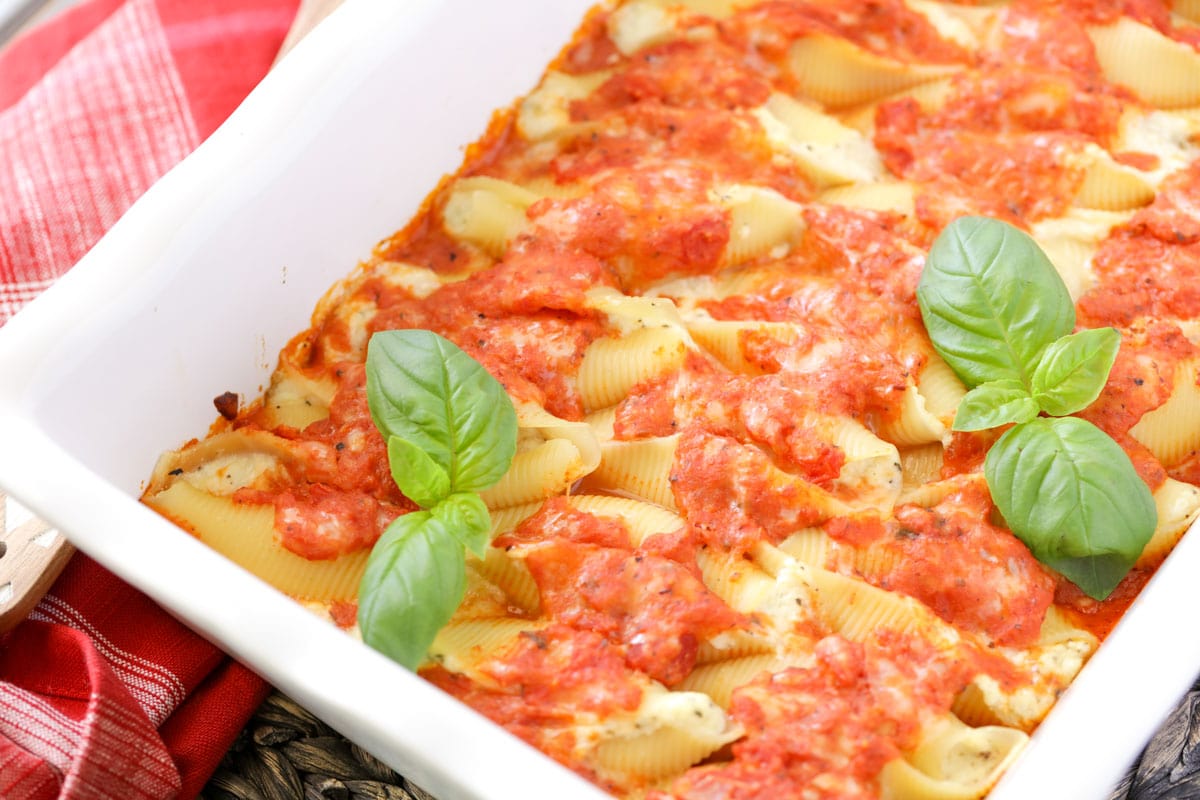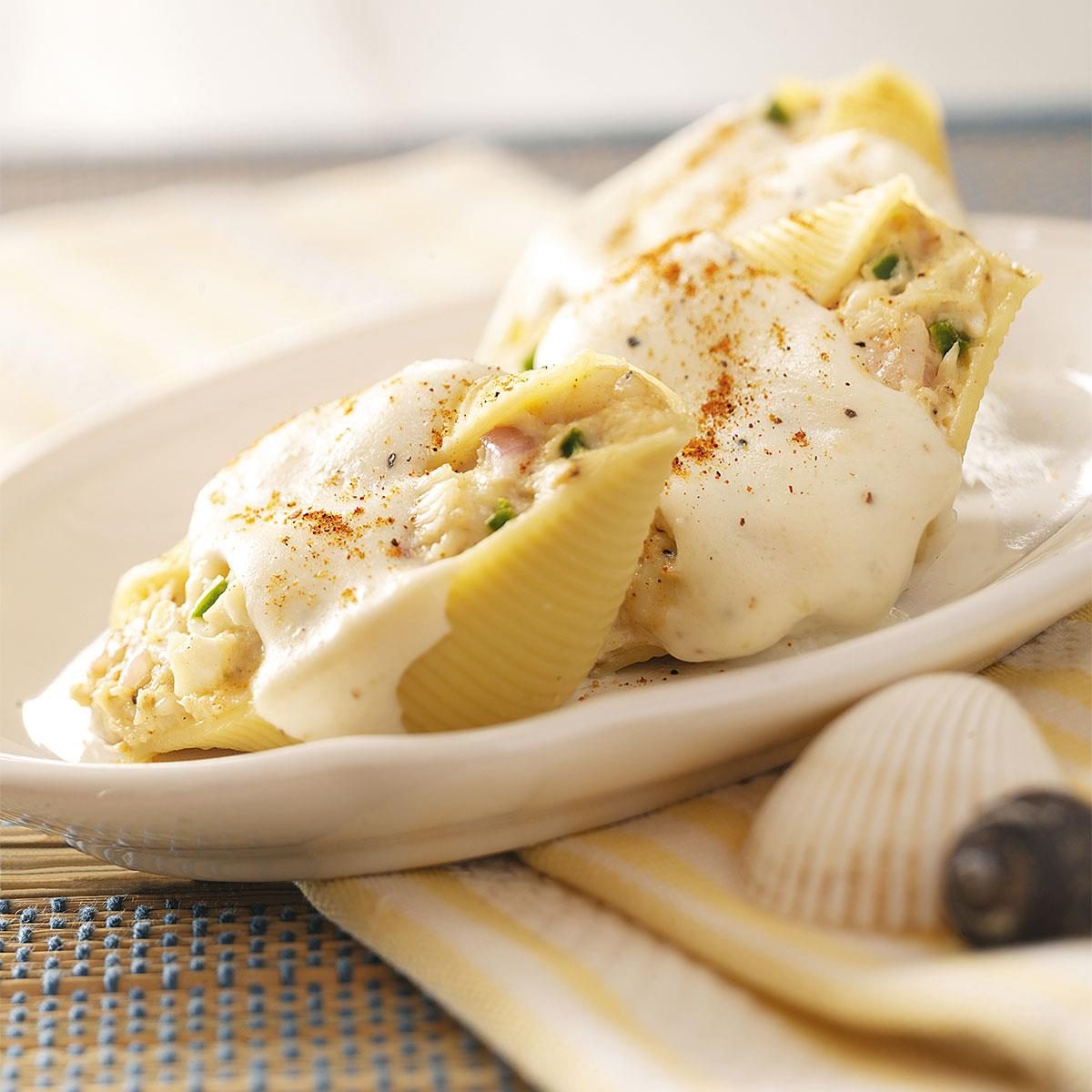Prepare to embark on a culinary adventure as we delve into the captivating world of shells in cooking. From the shores to your kitchen, shells offer a tantalizing canvas for culinary creations that will delight your taste buds and expand your culinary horizons.
Whether you’re a seasoned chef or a novice explorer, this comprehensive guide will equip you with the knowledge and inspiration to elevate your cooking with the allure of shells.
As we journey through this delectable odyssey, we’ll unravel the secrets of selecting and preparing shells, master essential techniques, and discover an array of enticing recipes that showcase the versatility of this extraordinary ingredient. We’ll also delve into the nutritional benefits of shellfish and explore the importance of food safety to ensure your culinary escapades are both delicious and responsible.
Types of Shells for Cooking
Shells are a versatile ingredient in cooking, offering a range of flavors and textures to dishes. They are commonly used in seafood stews, soups, and pasta dishes.
The type of shell used in cooking will depend on the desired flavor and texture. Some of the most popular types of shells include:
Clams
- Clams are a type of bivalve mollusk with a hard, hinged shell.
- They have a mild, slightly briny flavor and a tender texture.
- Clams are often used in soups, stews, and pasta dishes.
Mussels
- Mussels are another type of bivalve mollusk with a hard, hinged shell.
- They have a slightly stronger flavor than clams and a chewier texture.
- Mussels are often used in soups, stews, and pasta dishes.
Oysters
- Oysters are a type of bivalve mollusk with a hard, hinged shell.
- They have a rich, briny flavor and a tender texture.
- Oysters are often eaten raw, but they can also be cooked in soups, stews, and pasta dishes.
Scallops
- Scallops are a type of bivalve mollusk with a hard, hinged shell.
- They have a sweet, delicate flavor and a tender texture.
- Scallops are often seared or grilled and served as an appetizer or main course.
Shell Preparation Techniques

Preparing shells for cooking involves various techniques to clean, remove meat, and enhance flavor. Understanding these techniques ensures optimal results in your culinary creations.
Before cooking, shells should be thoroughly cleaned to remove any dirt or debris. This can be done by soaking them in a bowl of cold water for several hours or overnight. The shells can then be scrubbed with a soft brush or sponge to remove any remaining dirt.
It’s important to handle shells gently to avoid damaging them.
Boiling
Boiling is a common method for preparing shells. Place the shells in a large pot of boiling water and cook for a few minutes, or until the shells open. The cooking time will vary depending on the type of shell.
Once the shells are cooked, remove them from the pot and let them cool before removing the meat.
Steaming
Steaming is another gentle method for preparing shells. Place the shells in a steamer basket over a pot of boiling water. Cover the pot and steam the shells for a few minutes, or until they open. Once the shells are cooked, remove them from the steamer and let them cool before removing the meat.
Removing Meat from Shells
Once the shells are cooked, the meat can be removed using a variety of techniques. A small fork or knife can be used to gently pry the meat from the shell. Alternatively, the meat can be removed by using your fingers or a spoon.
It’s important to be careful not to damage the meat when removing it from the shell.
Shellfish Recipes

Indulge in the culinary delights of the sea with a myriad of shellfish recipes. From classic pasta dishes to hearty soups and refreshing salads, our selection caters to every palate and cooking skill level. Dive into a culinary adventure with these innovative and delectable creations.
Pasta Dishes
- Seafood Linguine with Lemon-Herb Sauce: A vibrant pasta dish that combines tender seafood, a zesty lemon-herb sauce, and the perfect al dente pasta.
- Lobster Ravioli with Saffron Cream Sauce: Luxurious ravioli filled with succulent lobster meat, bathed in a velvety saffron cream sauce.
- Mussel and Clam Spaghetti with White Wine: A classic Italian dish that showcases the delicate flavors of mussels and clams, simmered in a fragrant white wine sauce.
Soups and Stews
- Clam Chowder with Corn and Potatoes: A creamy and comforting soup featuring tender clams, sweet corn, and hearty potatoes.
- Bouillabaisse: A traditional French fish stew bursting with flavors of seafood, vegetables, and saffron.
- Mussel and Chorizo Paella: A Spanish delicacy that combines tender mussels, smoky chorizo, and flavorful rice in a vibrant saffron broth.
Salads
- Grilled Shrimp Salad with Avocado and Mango: A refreshing salad that pairs succulent grilled shrimp with creamy avocado and sweet mango.
- Crab and Fennel Salad with Citrus Vinaigrette: A light and zesty salad that features delicate crab meat, crisp fennel, and a tangy citrus vinaigrette.
- Seafood Caesar Salad: A twist on the classic Caesar salad, featuring a mix of seafood, crispy croutons, and a creamy Caesar dressing.
Nutritional Value of Shellfish
Shellfish are a nutritious seafood option, providing a rich source of protein, vitamins, and minerals. Protein is essential for building and repairing tissues, while vitamins and minerals support various bodily functions. Shellfish are particularly high in vitamins B12, D, and zinc, which are important for nerve health, bone health, and immune function, respectively.
Cooking Methods and Nutritional Value
Different cooking methods can affect the nutritional value of shellfish. Steaming or boiling shellfish preserves more nutrients compared to frying or grilling, as these methods minimize nutrient loss through evaporation or leaching. Microwaving shellfish is also a good option, as it retains nutrients well and is a quick and convenient cooking method.
Shellfish Safety
Consuming shellfish safely is of paramount importance to prevent foodborne illnesses. Raw or undercooked shellfish can harbor harmful bacteria, viruses, and parasites that can cause serious health problems.To ensure the safety of shellfish, proper handling and storage are crucial. Shellfish should be purchased from reputable sources and kept refrigerated at all times.
Discard any shellfish with broken or cracked shells, as these may indicate contamination. Before cooking, shellfish should be thoroughly cleaned and any visible dirt or debris removed. Cook shellfish to an internal temperature of 145°F (63°C) to kill any harmful microorganisms.
Leftover shellfish should be refrigerated promptly and consumed within two days.
Risks Associated with Raw or Undercooked Shellfish
Consuming raw or undercooked shellfish can pose significant health risks. Some of the common pathogens associated with shellfish include:
- Vibrio parahaemolyticus: Causes gastroenteritis with symptoms such as diarrhea, vomiting, and abdominal cramps.
- Vibrio vulnificus: Can lead to serious infections, especially in individuals with weakened immune systems or liver disease.
- Norovirus: Causes viral gastroenteritis with symptoms such as nausea, vomiting, and diarrhea.
- Hepatitis A virus: Can cause liver inflammation and symptoms such as jaundice, fatigue, and abdominal pain.
Guidelines for Proper Handling and Storage of Shellfish
To minimize the risks associated with shellfish consumption, it is essential to follow proper handling and storage guidelines:
- Purchase shellfish from reputable sources that adhere to proper harvesting and handling practices.
- Keep shellfish refrigerated at all times, below 40°F (4°C).
- Discard any shellfish with broken or cracked shells.
- Thoroughly clean shellfish under running water before cooking to remove any dirt or debris.
- Cook shellfish to an internal temperature of 145°F (63°C) to kill harmful microorganisms.
- Refrigerate leftover shellfish promptly and consume within two days.
By adhering to these guidelines, you can enjoy the delicious and nutritious benefits of shellfish while minimizing the risks of foodborne illnesses.
Last Word
As we bid farewell to this culinary voyage, let us savor the newfound knowledge and inspiration we have gained. Cooking with shells has emerged not only as a culinary skill but as an art form, transforming humble ingredients into extraordinary culinary masterpieces.
Embrace the allure of shells in your kitchen and continue to explore the boundless possibilities they offer. Remember, the true measure of culinary artistry lies in the joy it brings to both the creator and the fortunate diners who partake in its delights.
FAQ Corner
What types of shells are suitable for cooking?
A wide variety of shells can be used in cooking, including clams, mussels, oysters, scallops, and even snails. Each type offers unique characteristics and culinary applications, contributing distinct flavors and textures to your dishes.
How can I prepare shells for cooking?
Proper preparation is crucial for successful shell cooking. Techniques such as cleaning, boiling, and steaming help remove impurities, enhance flavors, and ensure the shells open easily, revealing their succulent contents.
What are some classic shellfish recipes?
Classic shellfish recipes abound, showcasing the versatility of these ingredients. From hearty pasta dishes like Spaghetti alle Vongole to elegant soups like Bouillabaisse, the culinary possibilities are endless. Explore these timeless recipes to experience the essence of shell cooking.
How do I ensure the safety of shellfish?
Consuming shellfish safely is paramount. Always purchase shellfish from reputable sources and ensure they are fresh and alive. Proper handling, storage, and cooking techniques are essential to prevent foodborne illnesses.
